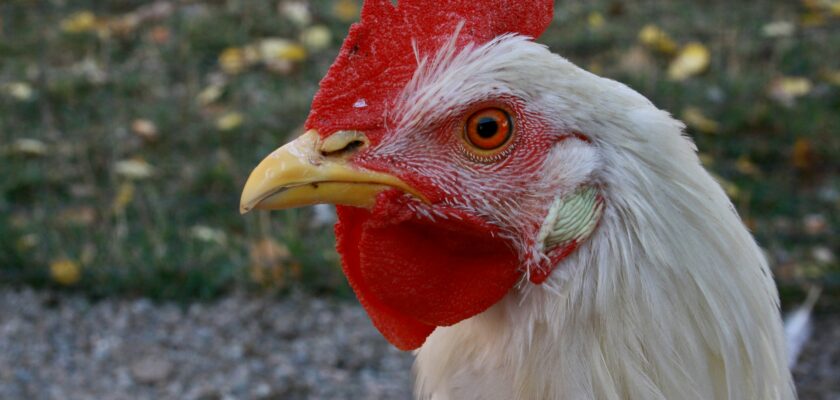Introduction
Raising chickens is a rewarding hobby, but there’s one question every backyard farmer asks at some point: How do you tell if a chicken is a rooster? Whether you’re aiming for fresh eggs or just keeping peace in the coop, identifying a rooster early can save you time, stress, and possibly run-ins with the neighbors. The good news? With the right clues, you can figure it out before that first early morning crow.
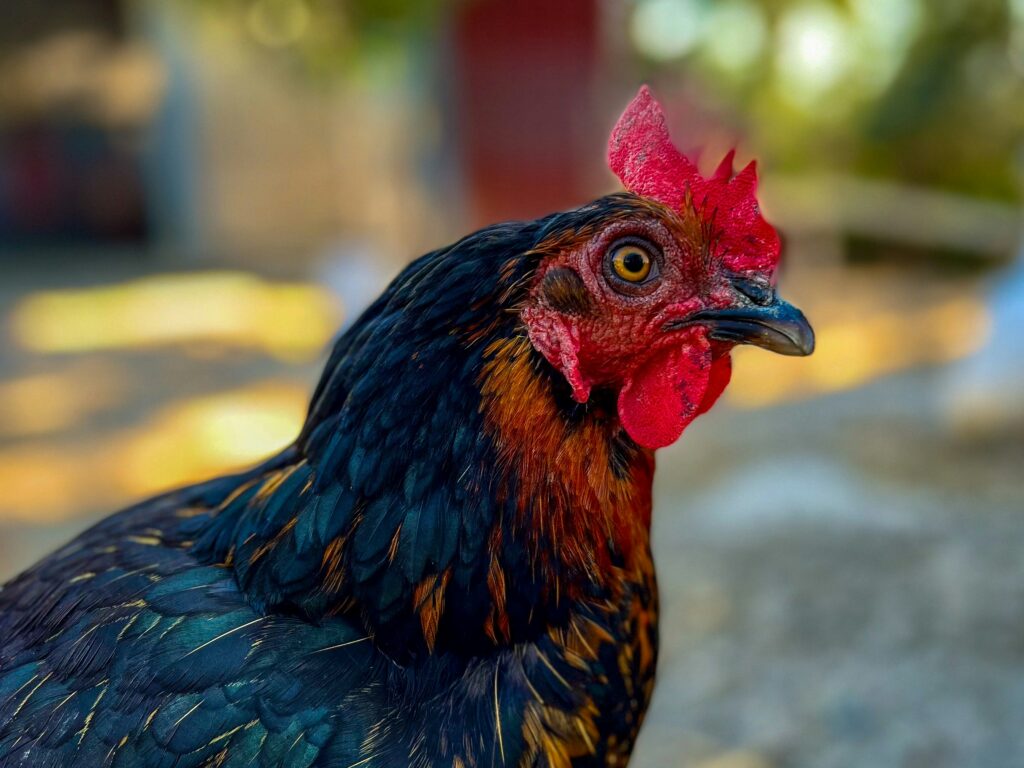
Photo by İrfan Simsar on Unsplash
Why It Matters: Rooster vs. Hen
Distinguishing between a hen and a rooster isn’t just about curiosity—it can affect your entire flock dynamic. Here’s why it matters:
- Egg Production: Only hens lay eggs.
- Flock Behavior: Roosters often dominate the pecking order.
- Legal Restrictions: Many cities restrict or ban roosters.
- Noise Levels: Roosters can be loud, especially at dawn.
- Aggression: Roosters can become territorial as they mature.
Knowing the sex of your chickens helps you plan effectively and avoid conflicts—both in the coop and with your community.
Check the Comb and Wattles
Roosters typically have larger, brighter red combs and wattles than hens. These are the fleshy growths on top of their head (comb) and under the beak (wattles). Around 6–8 weeks old, you may start to notice these features becoming more pronounced in males.
Quick Tip:
If the comb is already standing tall while others remain small, you may be looking at a rooster.
Examine the Saddle and Hackle Feathers
One of the most telling signs appears around 10-12 weeks: saddle and hackle feathers.
- Hackles (neck): Roosters develop long, pointed, and glossy feathers.
- Saddles (lower back): These feathers become curved and sharp-looking in roosters.
Hens have rounder, softer feather tips in these areas.
Look at the Tail Feathers
Roosters grow long, arching tail feathers—often referred to as “sickle feathers.” These usually appear around 12-16 weeks and can be glossy, curved, and striking.
Hens, in contrast, have short, blunt tails with more muted feathering.
Observe Leg Size and Spurs
Roosters usually develop thicker legs and visible spurs (pointy growths) on the back of their legs. Some hens can grow spurs, too, but it’s much more common in males and often shows up earlier.
Watch for:
- Heavier leg bones
- Slight aggression during handling
- Spur buds forming at 8-12 weeks
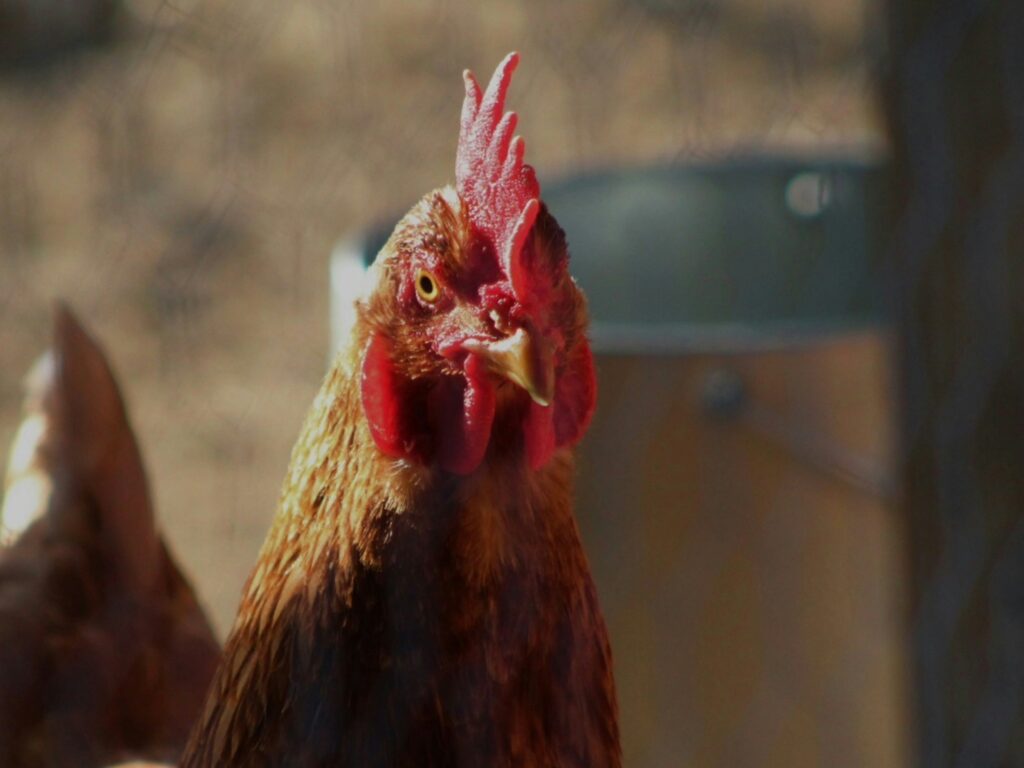
Photo by Grace Mooney on Unsplash
Behavior Patterns: Dominance and Aggression
Even before crowing starts, roosters may show signs of dominant behavior, such as:
- Chest bumping
- Standing tall
- Herding or “guarding” other chicks
- Pecking first at food or treats
These small acts of bravado can be early signs of a developing rooster personality.
Crowing and Vocalization Differences
One of the most obvious signs: crowing. Most roosters start practicing their crow around 8-12 weeks, though some can surprise you earlier—or later.
If you hear a rough, screechy version of “cock-a-doodle-doo” from your coop, chances are you’ve got a young roo.
Early Development Clues
Roosters tend to grow faster than hens, especially in:
- Comb size
- Height and weight
- Feathering pace (they feather out slower)
This makes early sexing easier around 4–6 weeks if you compare birds of the same breed and hatch.
Roosters and Social Hierarchy
Roosters are often seen trying to mount hens or play-fight with other chickens. They may:
- Chase hens
- Try to “tidbit” (offer food to hens as a mating call)
- Stand between the flock and any perceived threat
If you see these behaviors, even in younger chickens, it’s another strong clue.
Wing Shape and Feather Development
Subtle differences include:
- Wider wingspan
- Slower feathering at the wings and tail
- Uneven primary feathers
While these signs aren’t foolproof, they can add to the overall picture—especially when observed alongside other traits.
Breeds That Are Harder to Sex
Some chicken breeds, like Silkies, Polish, and Sebrights, are notoriously hard to sex early. In these breeds:
- Males and females feather similarly
- Crowing may be delayed
- Physical signs are subtle
You may need to rely on DNA testing or wait until 5–6 months of age for a confident ID.
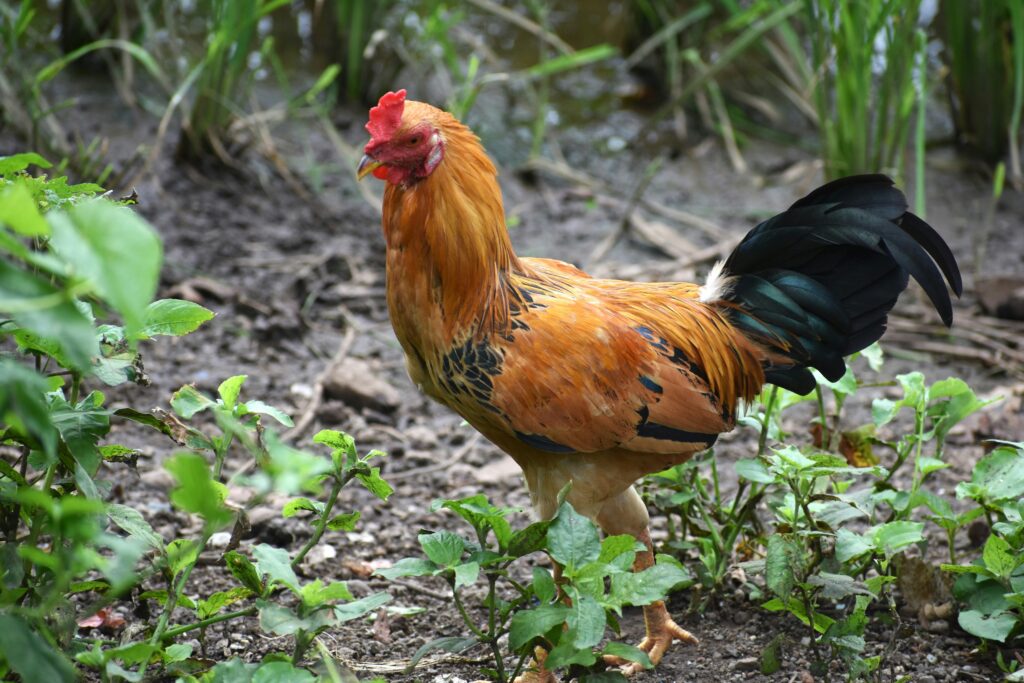
Vent Sexing vs. Observation
There are two primary methods to sex chicks:
- Vent Sexing: Performed within 24 hours of hatching by trained professionals. It’s fast but risky if done incorrectly.
- Observation: Safer, more gradual, and great for backyard flocks.
While vent sexing is used commercially, most backyard keepers rely on careful observation.
Roosters in Urban Areas: What You Should Know
Before keeping a rooster, check your local ordinances. Many urban and suburban areas:
- Ban roosters due to noise
- Allow only hens
- Impose fines for noncompliance
If you accidentally raise a rooster in a restricted area, reach out to local farms or sanctuaries for rehoming options.
What If You’re Still Unsure?
Still can’t tell? Consider:
- DNA testing services
- Waiting it out—the truth reveals itself by 5–6 months
- Ask local chicken keepers or avian vets for help
Frequently Asked Questions (FAQs)
1. At what age can you tell if a chicken is a rooster?
Usually between 6–12 weeks, though it varies by breed and environment.
2. Do hens ever crow like roosters?
Very rarely. Some dominant hens may make loud calls, but it’s different from a true crow.
3. Can roosters live together?
Yes, if raised together and without hens—but expect occasional fights for dominance.
4. How can I prevent rooster aggression?
Regular handling, calm environments, and limiting competition help reduce aggression.
5. What do I do if I can’t keep a rooster?
Try rehoming through farm groups, online forums, or local agricultural programs.
6. Can you eat a young rooster?
Yes, roosters can be processed just like hens, but meat may be tougher depending on age.
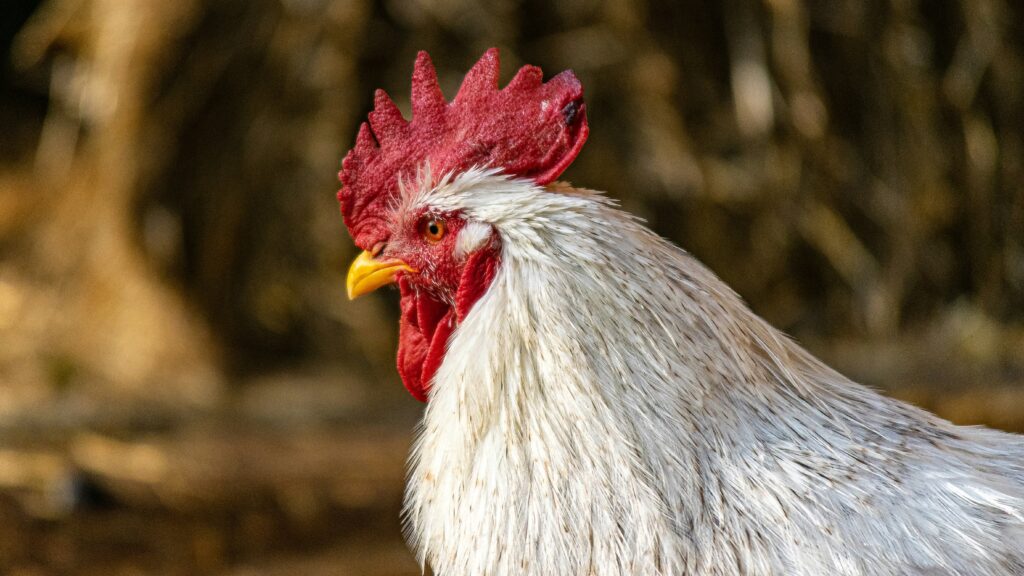
Photo by Kalman Nemet on Unsplash
Conclusion
Identifying whether your chicken is a rooster doesn’t have to be a mystery. By observing comb size, feather shape, tail structure, and behavior—along with listening for crowing—you’ll get closer to a confident answer. While some breeds keep you guessing longer than others, time and observation are your best tools. Whether you’re managing a backyard flock or planning an egg-laying operation, knowing your chickens’ sex helps build a peaceful and productive coop.
